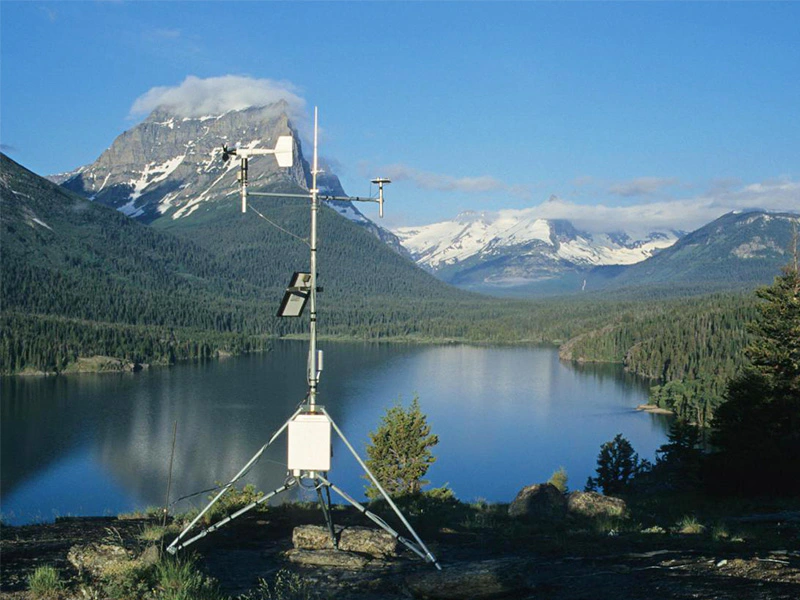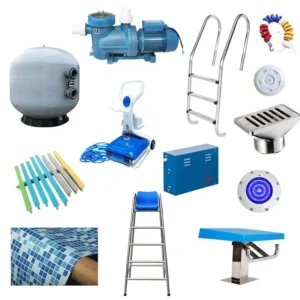
# Meteorological Station: Monitoring Weather and Climate Conditions
Introduction to Meteorological Stations
A meteorological station is a facility equipped with instruments and equipment to observe atmospheric conditions and provide information for weather forecasts and climate studies. These stations play a crucial role in collecting data about temperature, humidity, wind speed and direction, atmospheric pressure, precipitation, and other meteorological parameters.
Components of a Meteorological Station
Modern meteorological stations typically include several key components:
- Thermometers for measuring air and ground temperature
- Barometers for atmospheric pressure measurement
- Hygrometers to determine humidity levels
- Anemometers for wind speed and direction
- Rain gauges to measure precipitation
- Pyranometers for solar radiation monitoring
Types of Meteorological Stations
Meteorological stations can be classified based on their location and purpose:
Surface Weather Stations
These are the most common type, located at ground level to measure surface weather conditions.
Upper-Air Stations
These use weather balloons (radiosondes) to collect data from higher altitudes in the atmosphere.
Automatic Weather Stations (AWS)
These unmanned stations automatically record and transmit weather data at regular intervals.
Marine Weather Stations
Located on ships, buoys, or oil platforms to monitor weather conditions at sea.
Importance of Meteorological Data
The data collected by meteorological stations serves numerous critical purposes:
- Weather forecasting and severe weather warnings
- Climate change research and monitoring
- Agricultural planning and crop management
- Aviation and maritime safety
- Urban planning and construction
- Renewable energy production optimization
Technological Advancements in Meteorology
Recent technological developments have significantly improved meteorological monitoring:
- Automation of data collection and transmission
- Integration with satellite and radar systems
- Advanced computer modeling for weather prediction
- Development of more precise and durable sensors
- Implementation of IoT technology in weather monitoring
Challenges in Meteorological Monitoring
Despite technological progress, meteorological stations face several challenges:
- Maintaining equipment in harsh weather conditions
- Ensuring data accuracy and consistency
- Coverage gaps in remote or oceanic areas
- Funding and maintenance costs
- Data interpretation and modeling complexities
Future of Meteorological Stations
The future of weather monitoring includes exciting possibilities:
- Expansion of automated station networks
- Integration with smart city infrastructure
- Development of more sophisticated predictive models
- Increased use of artificial intelligence in data analysis
- Enhanced public access to real-time weather data
As climate patterns become more unpredictable, the role of meteorological stations in monitoring and understanding weather phenomena will only grow in importance for society.
Keyword: meteorological station
